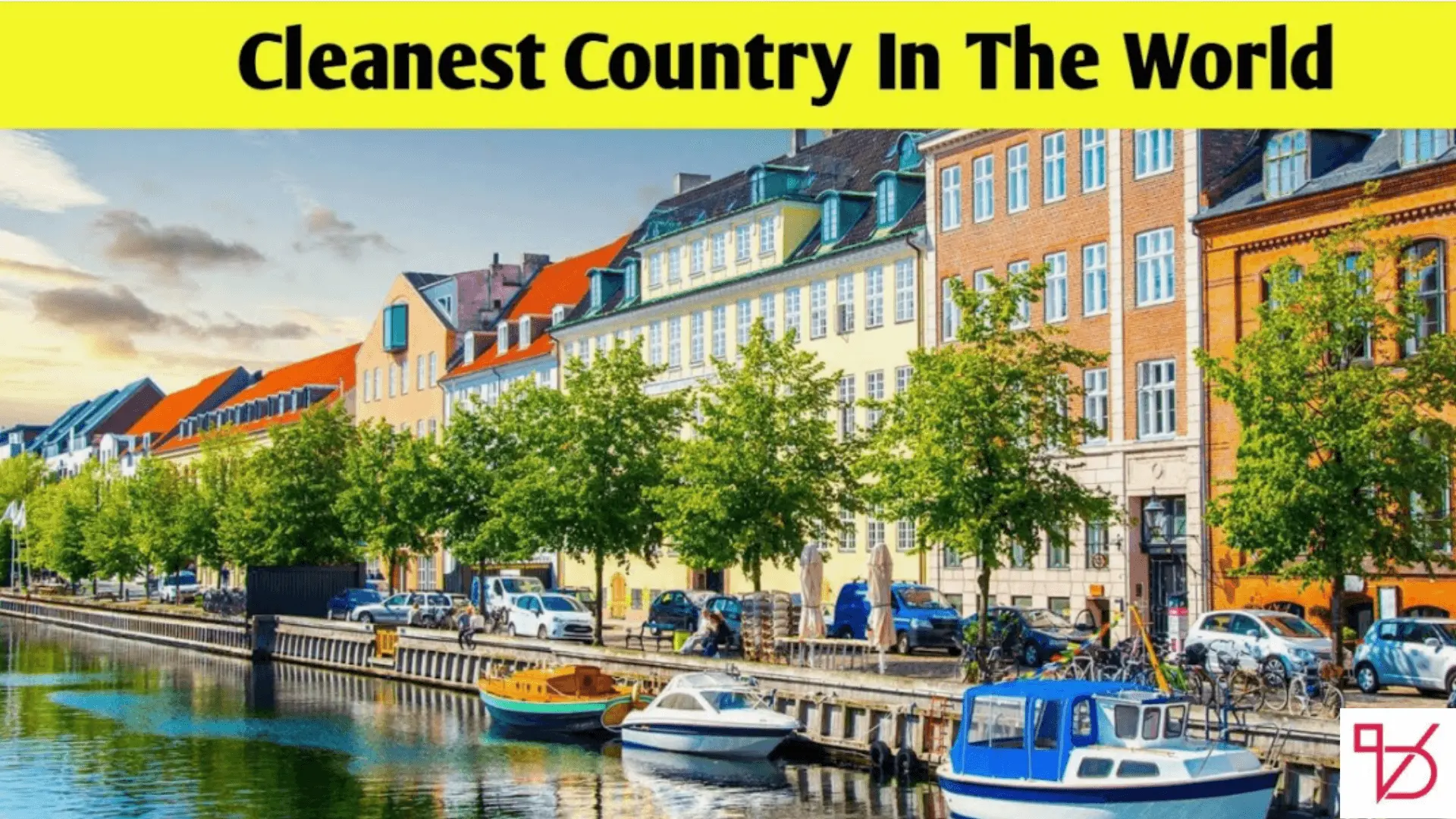In an era where pollution, climate change and rapid urbanization dominate global headlines, cleanliness isn’t just a matter of appearance. It’s a reflection of a country’s commitment to sustainability, public health and environmental responsibility. But among nearly 200 nations, what is the cleanest country in the world in 2025?
The short answer: Switzerland consistently ranks as one of the cleanest countries globally. But there’s more to the story. Let’s dive into the factors that contribute to cleanliness, explore the top-ranked countries, and understand how they maintain such high standards.
Why Cleanliness Matters More Than Ever
Cleanliness goes beyond litter free streets. It includes:
- Air quality (low levels of pollutants)
- Clean drinking water
- Efficient waste management
- Sanitation facilities
- Eco-friendly transportation
- Sustainable government policies
These factors directly affect a country’s public health, biodiversity, and overall quality of life.
What Is the Cleanest Country in the World in 2025?
According to the latest Environmental Performance Index (EPI) by Yale and Columbia Universities — which ranks countries based on sustainability, air and water cleanliness, biodiversity, and climate policy the cleanest country in the world is Switzerland.
Why Switzerland Ranks:
- Exceptional air quality thanks to clean energy and public transport systems.
- Rigorous environmental laws on waste separation, recycling and emissions.
- Protected natural landscapes including the Alps and pristine lakes.
- Green initiatives like solar energy expansion and eco-education in schools.
The Swiss government and its citizens take cleanliness and environmental stewardship seriously, making it a lifestyle rather than a law.
Top 5 Cleanest Countries in the World (2025)
While Switzerland holds the top spot, several other countries are close behind in global cleanliness rankings:
1. Switzerland
- High air and water quality
- Strict recycling programs
- Eco-conscious urban planning
2. Finland
- Nearly 75% of its land covered in forests
- Pure drinking water and sustainable forestry
- Greenest capital: Helsinki
3. Iceland
- Powered almost entirely by renewable energy
- Low population = minimal pollution
- Crystal-clear waters and untouched nature
4. Norway
- Electric vehicle leader (over 80% of new car sales)
- Clean energy from hydropower
- Scenic cities like Oslo lead in urban cleanliness
5. Sweden
- Zero-waste initiative: converts trash into energy
- Air quality among the best globally
- Government incentives for sustainable living
These countries invest heavily in environmental protection, public awareness campaigns, and long-term ecological planning.
Cleanliness Factors: What Sets These Countries Apart?
To understand why some countries lead the world in cleanliness, we need to break down the elements they prioritize:
1. Government Policies
Countries like Switzerland and Finland have long term sustainability goals written into law. Carbon taxes, emissions regulations, and public green infrastructure play a big role.
2. Clean Energy Use
Iceland and Norway run almost entirely on hydropower and geothermal energy, reducing air pollution significantly.
3. Waste Management
Sweden’s “zero waste” strategy is so effective that it imports garbage from other countries to keep waste-to-energy plants running!
4. Public Transportation
Electric buses, bicycle friendly cities and incentives for electric cars reduce carbon emissions in cities like Oslo and Zurich.
5. Education and Culture
Cleanliness isn’t just a government responsibility. It’s a cultural value. In Nordic countries children are taught to respect the environment from a young age.
Cleanest Cities in the World (Bonus)
If you’re curious where cleanliness shines at a city level here are a few urban centers known for their spotless streets and sustainability:
- Zurich, Switzerland – Impeccable public transport and air quality
- Helsinki, Finland – Green architecture and carbon-neutral goals
- Reykjavík, Iceland – Geothermal-powered and pollution-free
- Singapore – Strict anti-litter laws and green city design
- Tokyo, Japan – Highly organized waste system and civic pride
Honorable Mentions
While the top five dominate, here are a few other countries frequently praised for cleanliness:
- Denmark – Biking culture and low emissions
- New Zealand – Pristine nature and conservation efforts
- Canada – Clean air and vast green spaces
- Germany – Advanced recycling systems
- Austria – High environmental awareness and urban cleanliness
How Other Countries Can Learn from the Cleanest
Cleanliness isn’t an overnight achievement. It’s a result of consistent effort and long term vision. Here’s how others can follow suit:
- Invest in clean infrastructure like subways and renewable energy
- Educate citizens on recycling, reducing plastic, and energy-saving habits
- Introduce stricter environmental laws with real enforcement
- Encourage community involvement in keeping neighborhoods clean
Even simple efforts like banning single use plastics or encouraging tree plantations can make a difference.
Final Thoughts: Cleanliness Reflects a Country’s Values
So, what is the cleanest country in the world? As of 2025, Switzerland leads the list — but the true takeaway is that cleanliness comes from a shared commitment between governments, communities, and individuals.
Whether you’re planning a trip, looking for inspiration for sustainability, or just curious understanding what makes a country clean can offer powerful lessons for a better greener future.



